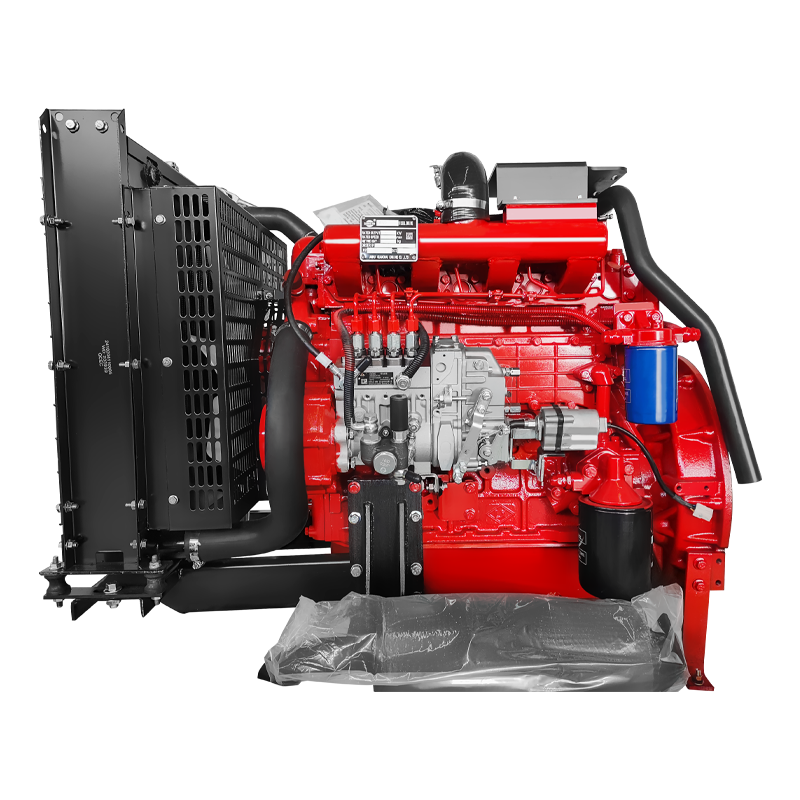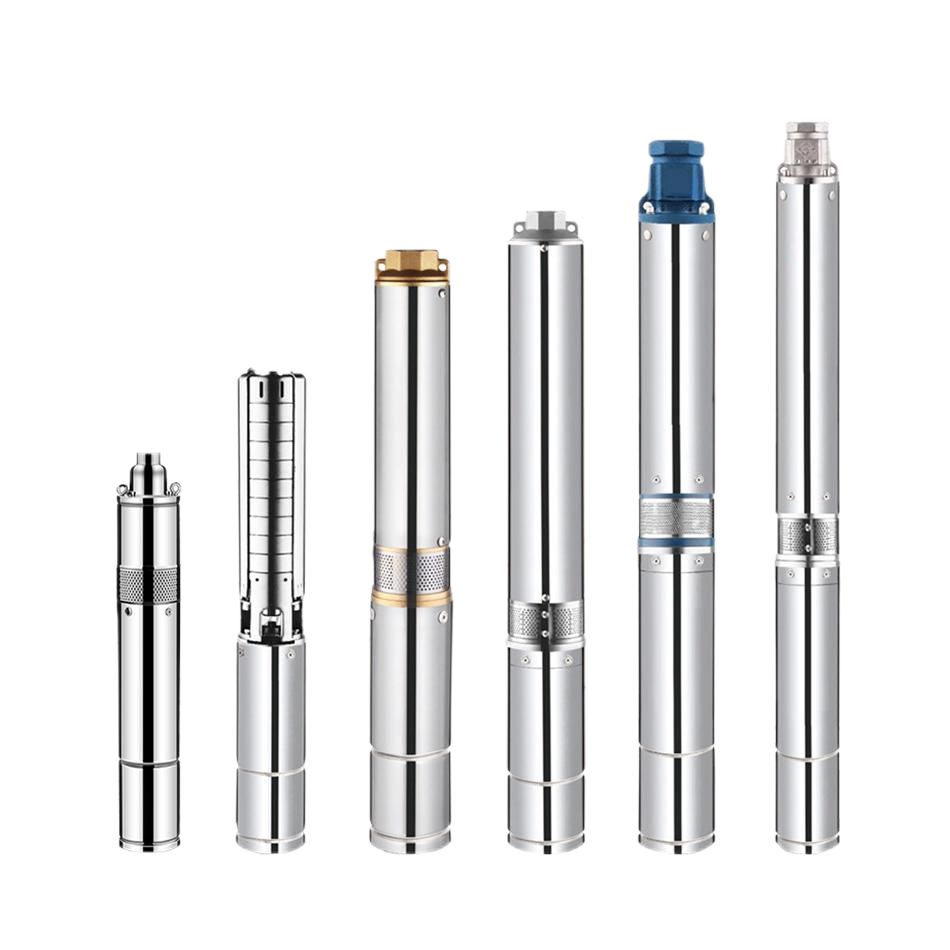If you're new to double impeller pumps, there are several important things you should know. Read on to learn about the model, Flow characteristics, and variations. This article will also cover the advantages of stainless steel impellers. And if you still have questions, feel free to contact us at any time. We will be more than happy to answer your questions. Let's begin! Here are some basic facts about double impeller pumps.
Models
There are many models of double impeller pumps, but how do they work? This article will explore several models and describe their differences. The basic concept behind each model is that the pump has two halves, one that rotates and one that is stationary. These two halves, or chambers, of a double impeller pump are called regions. These regions consist of faces that determine flow conditions. The impeller has five regions, while the casing has three regions and the discharge has two halves.
The first step of the simulation is to define the pump's 3-D computational model. Then, the geometry is discretized into different meshes, including the impellers and the volute. The impeller meshes were generated using CFX-Turbogrid 14.5, while the volute mesh was refined near the tongue region.
Flow characteristics
Flow characteristics of a Double Impeller Pump can be characterized by the amplitudes of the SF and higher harmonic components at a frequency of 14fn. These components are related to mechanical defects, such as axial imbalance in the pump system. The SF and higher harmonic components are characterized by a relatively high RMS pressure across the flow channel, which is a good indication of strong fluctuation property.
The pulsation signal component of monitoring point P6 becomes simpler with increasing flow rate. The pulsation signal component at the monitoring point P6 is simple but appears to have a high-frequency component. It is evident that the pulsation excitation source is the impeller. Flow rate increases with impeller speed. Flow rate pulsation spectral components are complex, but tend to disappear in large-scale RPCs.
Variations
A typical Double Impeller Pump is a two-stage axial flow device. The two impellers rotate in opposite directions, and the pressures generated at the impellers' outlet points are superimposed. The result is a mixture of fluids in the volute, which affects the pump's performance curves. Here, we discuss the different variations of axial flow in a Double Impeller Pump.
The flow domain of a pump includes the inlet straight pipe, double-suction chambers, twin impellers, double volute, and outlet straight pipe. It can be arranged in different configurations, including staggered angle a, inline arrangement, and three specific position staggered arrangement. The present work studies four possible impeller arrangements, where one impeller remains constant. This new configuration improves global efficiency and is a possible retrofit for impellers with a high slip factor.
Stainless steel impellers
There are several advantages of using stainless steel impellers in your water pump. They are strong, durable, and efficient. They also last longer than their counterparts. The bell & gossett e-HSC pump features a standard stainless steel impeller. Read on to find out more. These pumps are often used in agriculture, industrial, and automotive applications. They are available in a variety of sizes, including single impeller and double impeller models.
These high-efficiency pumps are suitable for flood irrigation, spray irrigation, and water drawing from rivers, lakes, and wells. They also feature low head and high flow rates, making them ideal for a wide range of applications. They are also great for civil applications, including high-quality water-handling systems. Stainless steel impellers are the most economical way to go. And, because they are made from stainless steel, they last for a long time.
Efficiency
This paper presents the improvements of the efficiency of a Double Impeller Pump and discusses the performance characteristics of this type of pump. The improved pump performance can be visualized with a hybrid approximation. The YZ plane of the impeller domain is analyzed for the leading and trailing regions of the impeller. The original model of the pump had the lowest pressure variation in the leading region of the blades, while the optimized model reduced the low-pressure area significantly, indicating lower risk of cavitation in higher flow conditions.
The pressure distribution near the outlet of the impellers increases with decreasing axial velocities from the pressure side to the suction side. As the impellers move in opposite directions, the axial velocities are not symmetrical. The pressure distribution is symmetrical in case0, while the axial velocities are nonsymmetrical in case1.

 English
English عربى
عربى
 Fire Pump and System
Fire Pump and System Split Case Pump
Split Case Pump Engine and Pump
Engine and Pump Long Shaft Pump
Long Shaft Pump Multistage pump
Multistage pump Water Supplier System
Water Supplier System Sewage Pump
Sewage Pump Industrial Pump
Industrial Pump Self-Priming Pump
Self-Priming Pump Inline Pump
Inline Pump Domestic Pump
Domestic Pump Electric Motor
Electric Motor Borehole Pump
Borehole Pump







